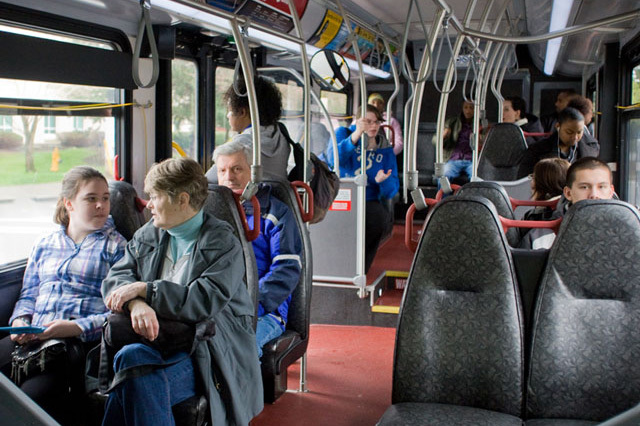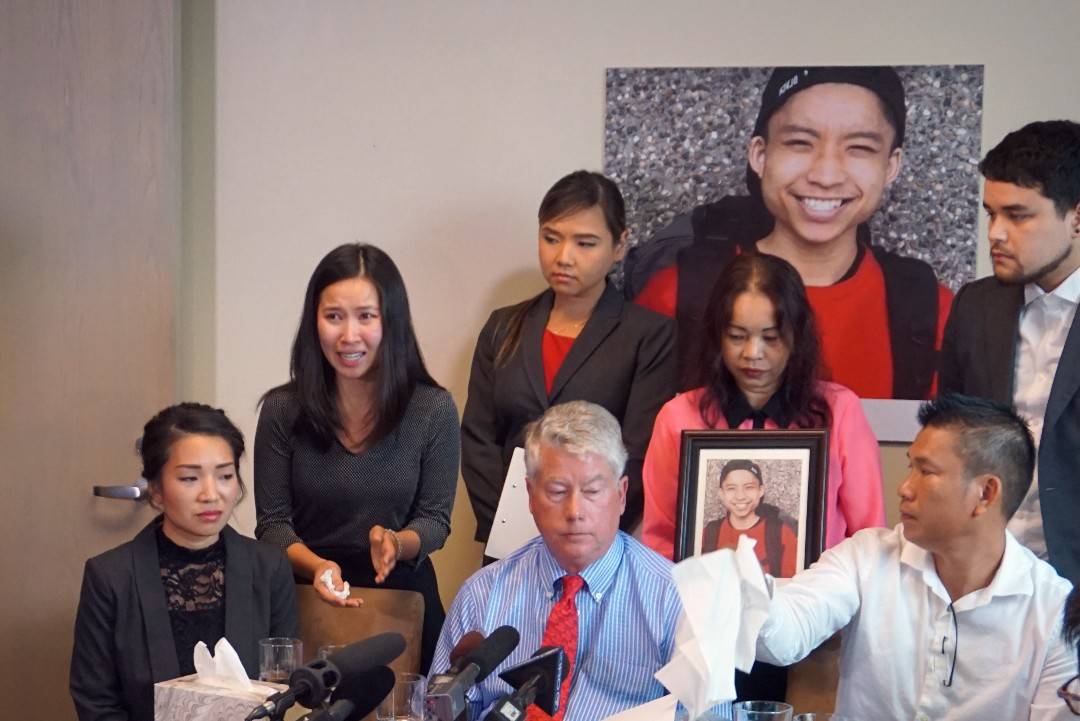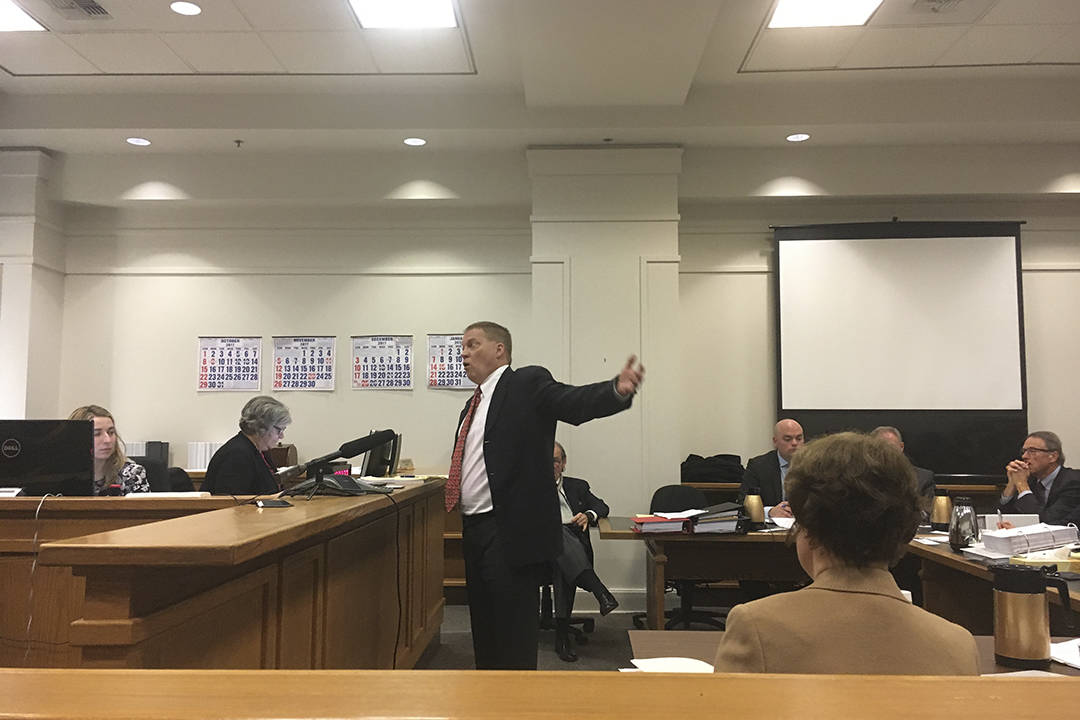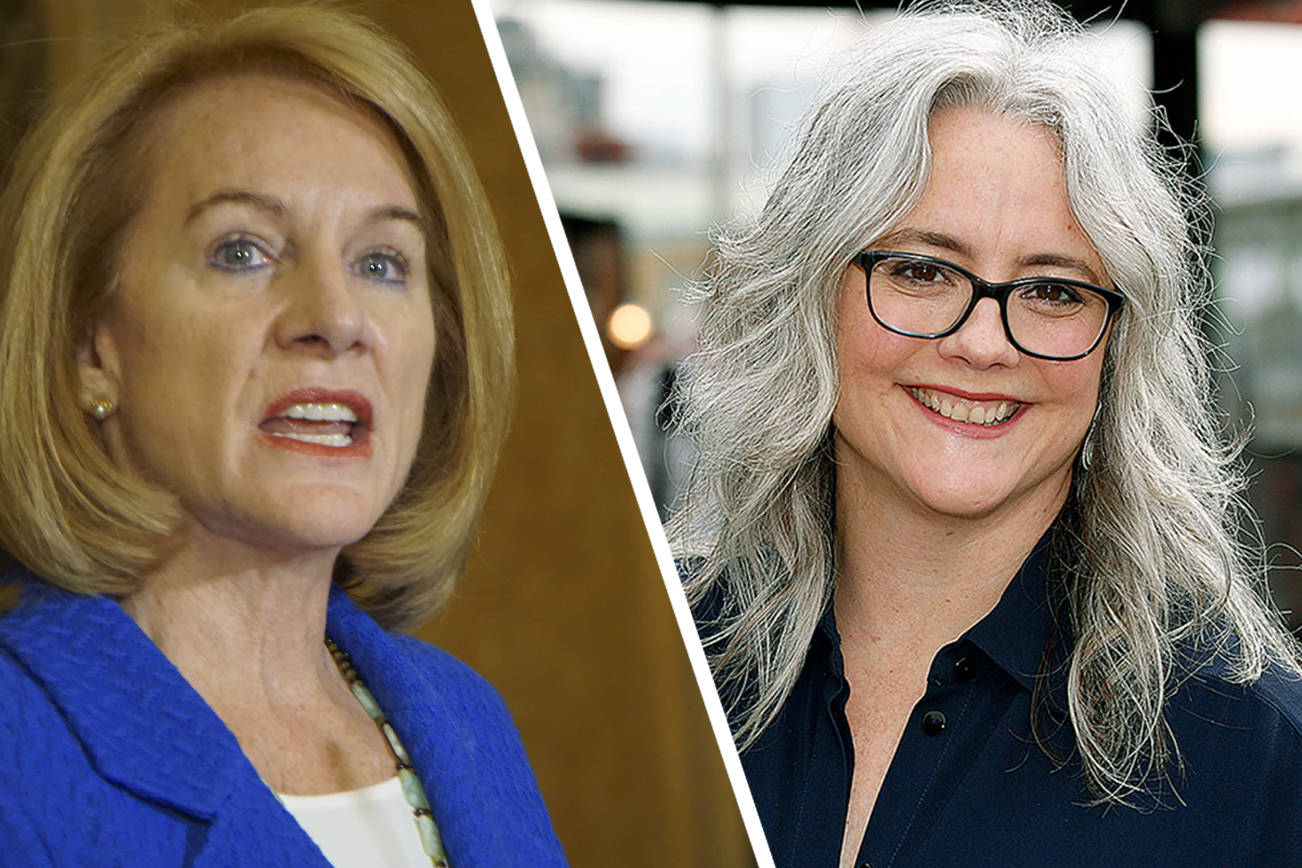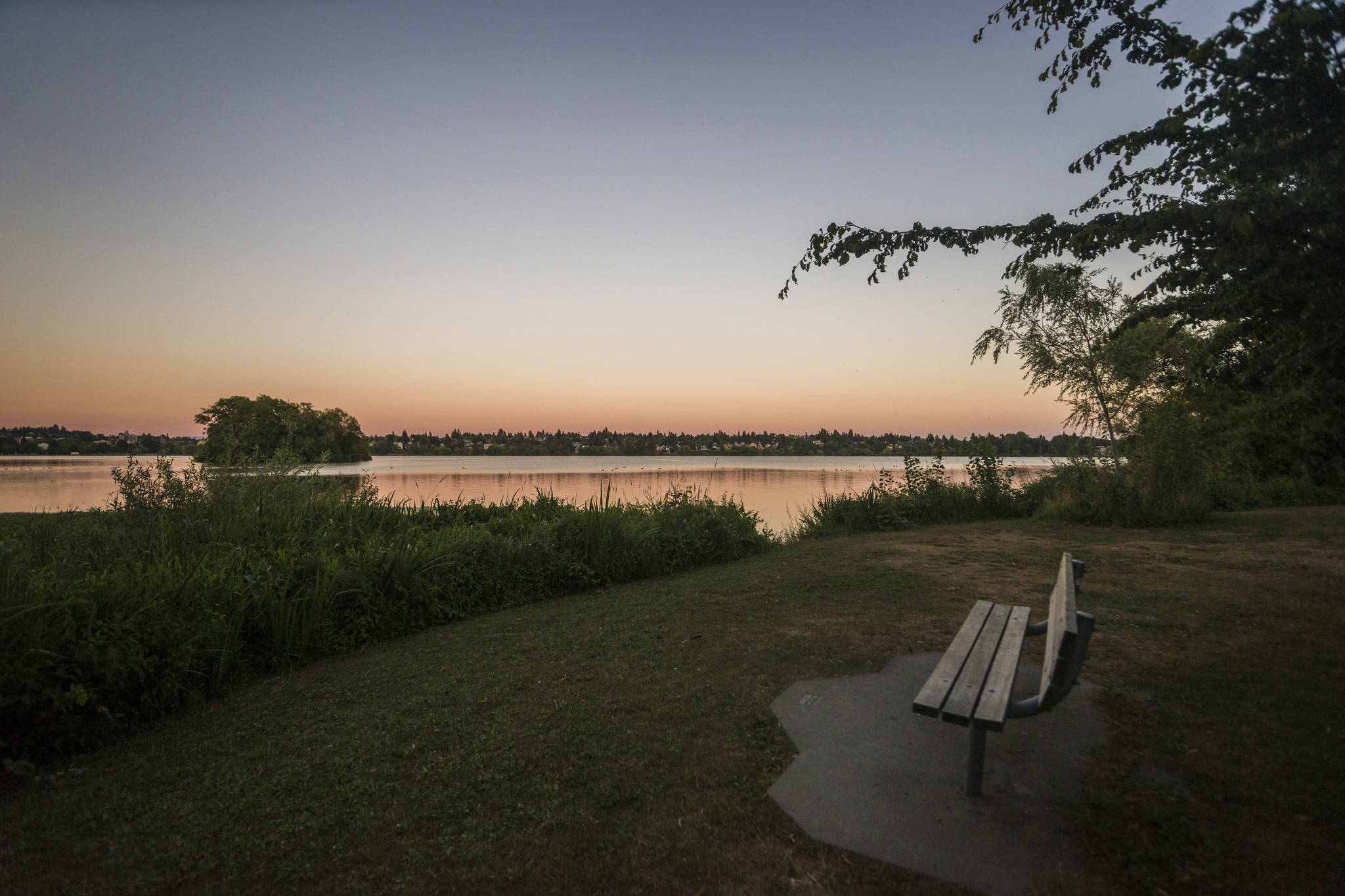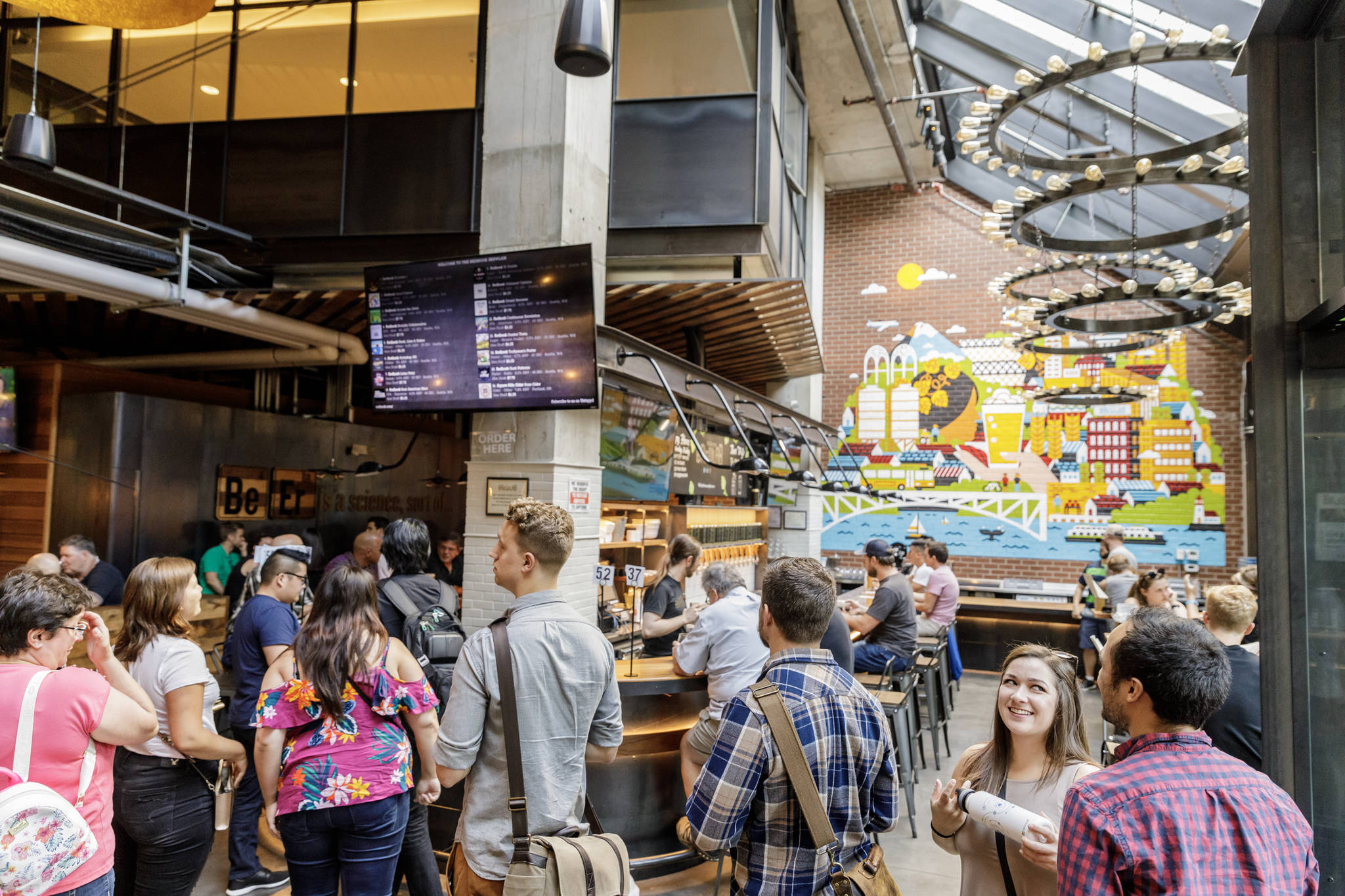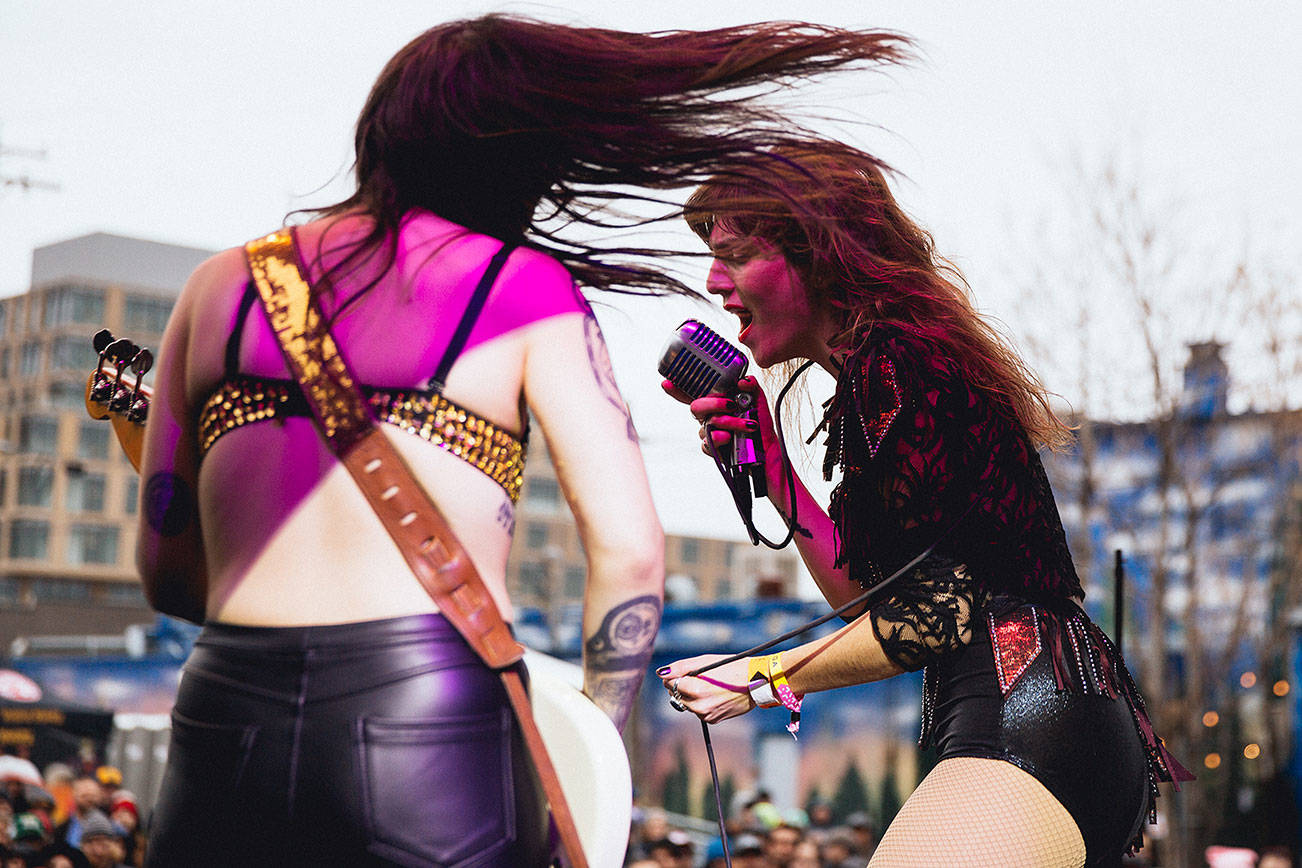Metro driver Stephan Ford put in to drive the D Line—which runs from Pioneer Square to Crown Hill—as soon as it was created.
That was about four years ago.
“It’s a straight shot,” he says in explaining why he wanted to drive the line. No funny jogs or turns. From downtown, it travels up to Lower Queen Anne on Third, takes Elliott Way to 15th, and then hits cruise control until you hit Carkeek Park. (OK, so you’re on Holman Road for the last little bit, but that last stretch of 15th Avenue Northeast takes you to Blue Ridge and you can’t afford to go there, OK?)
When I let Ford in on the little secret that the RapidRide D Line had been democratically voted by the people—a la Donald Trump—as the Best Bus Route in Seattle, he said he wasn’t surprised. “Again, it’s a straight shot. People like that. Now the C Line, it comes in on the Viaduct, which can be a nightmare.”
Transit wonks might read Ford’s comment as that of a recent divorcee bragging about how good things have been since dumping the loser. See, the C Line and the D Line used to be “interlined,” meaning D Line buses coming in from Ballard would continue on into West Seattle on the C Line, and vice versa. Just this March the two lines got split up.
Perhaps clean bus routes make happy riders. Ford says the people who take the D Line are good folks. Courteous, not a lot of drama. Can’t say that for all the bus routes in the city.
“They’re not giving you all these fits,” he says before turning his attention to the city’s most notorious route. “The 358, woo, you could write a book, but no one would believe you. It’d be in the fiction section.” Ford know, of course that the 358, which runs up and down Aurora, has been converted to a RapidRide line as well and so is now called the E Line. Ford knows this.
Not that the D Line doesn’t have a little grit. It’s no Aurora, but 15th Avenue Northest past Market is surprisingly dingy considering the kind of condo’d hellscape downtown Ballard has become.
There are as many strip joints as there are Volvo repair shops: Sands (ouch) and Centerfolds (I doubt it). Which is all to say that if you’re depressed about the loss of Old Ballard and the monotony of New Seattle, head up to Crown Hill. On the D Line.
For the uninitiated, RideRide comes with plenty of bells and whistles—you can tap your Orca card at most stops before the bus gets there, making boardings go faster, since people can get on at all three doors. The buses are also supposed to have wi-fi, though it was not operational when I took my recent ride. But if RapidRide deserves its speedy moniker—which I’m not saying it does, necessarily—it comes from the relatively few stop the buses make. One every five blocks, meaning fewer chances of someone who can’t find their change or the myriad other calamities that can bring a bus to a halt.
It seems to work fairly well, but in the end, it’s just a bus; it doesn’t reinvent transit travel in Seattle. The Federal Transit Administration once called Seattle’s RapidRide “essentially rail on wheels.” Uh, no.
Still, ridership is strong and growing stronger. Seattle Transit Blog reported in May that ridership on the line was up 21 percent since March alone, carrying about 14,000 passengers a day.
Gotta love that straight shot.
dperson@seattleweekly.com
Disagree with our Best of Seattle Reader Poll winner? Make sure your voice is heard next year. Email us at bestofseattle@seattleweekly.com and we will let you know when nominations open for BoS 2017.
